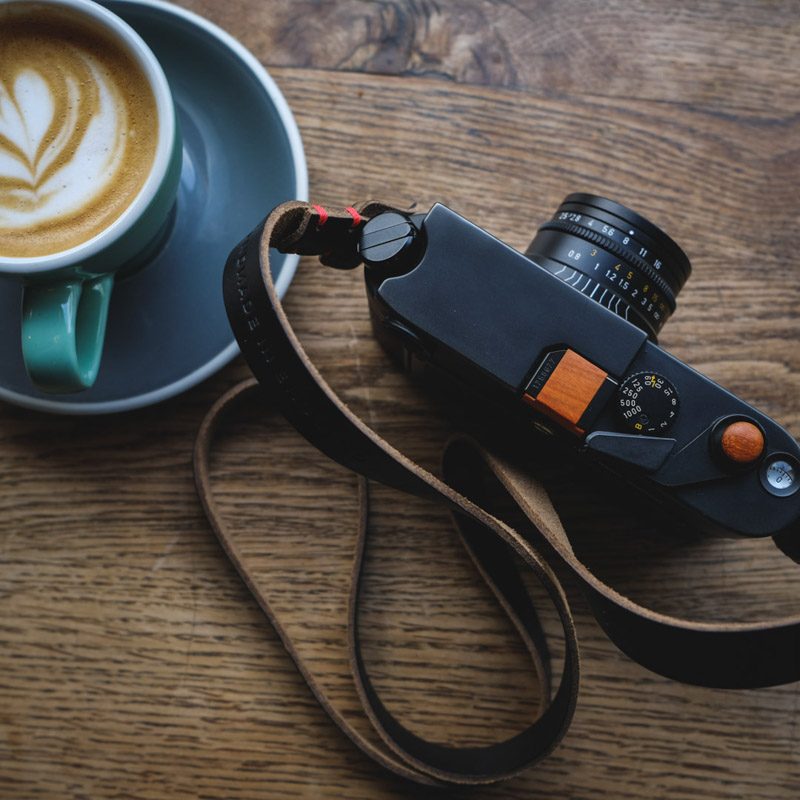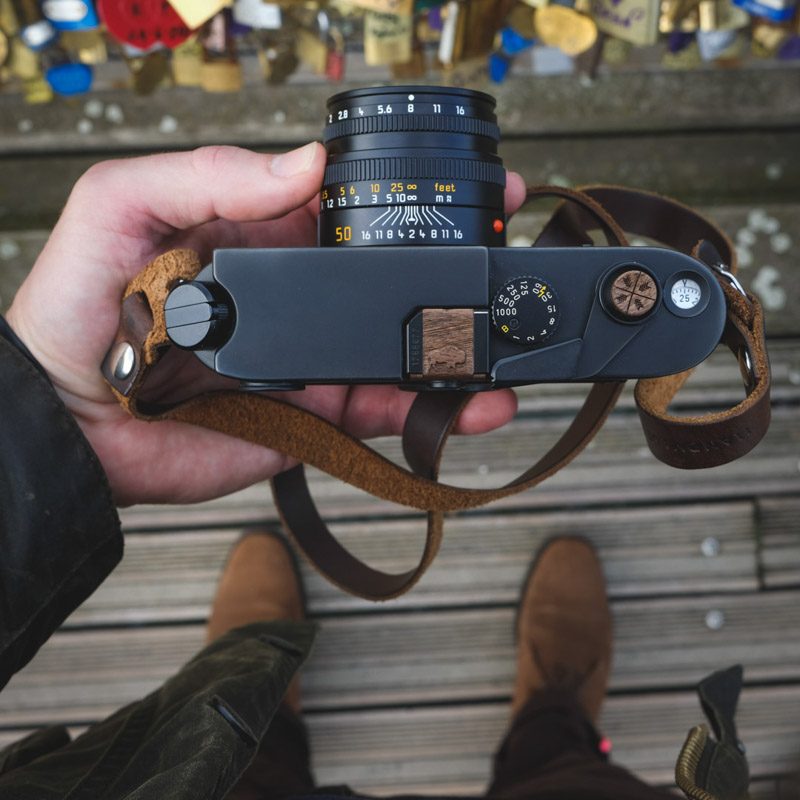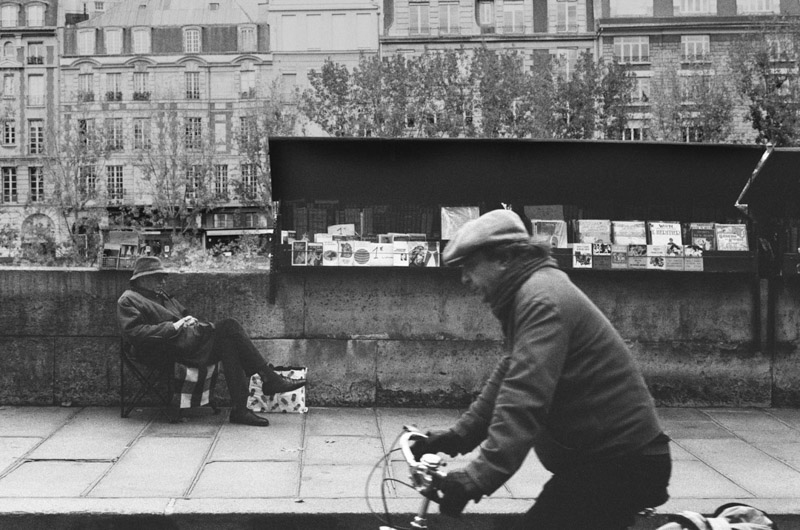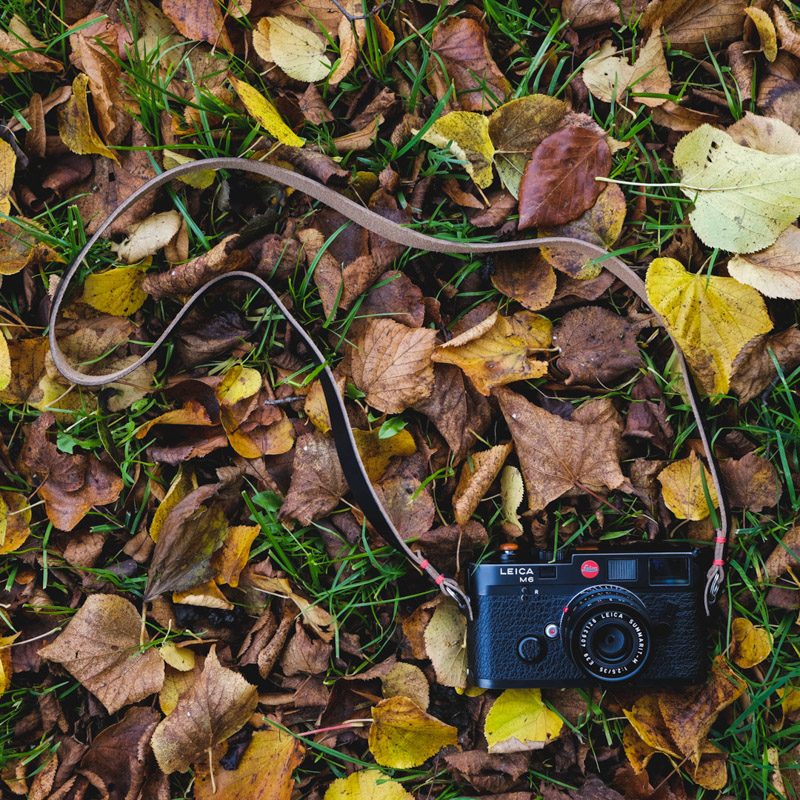Photography Gear
Is the Leica M6 Classic the best M film camera ever made?
It appears that the Leica M6 has become the world’s favourite Leica film body. Despite its age and its lack of features, the Leica M6 is being promoted by some of the best film photographers in the world. Looking at work by Joe Greer and YouTube channels such as Negative Feedback, it is clear that the M6 has found a new following amongst the younger generation. A group of people who, in most cases, weren’t even born when the Leica M6 was released. And we think it is absolutely brilliant!
But why? Why, out of all of the Leica film cameras in history, has the M6 been brought back into favour so much? Having owned and used M6 Classics here at Hawkesmill, we can attest to their brilliance. But are they the best M film body ever made?

What we like:
- Size and weight. The Leica M6 is a tad smaller and slightly lighter than the M6 TTL and M7. This is due to the lack of electronics for auto exposure versus the M7 and TTL metering in the M6 TTL. And unless you have hands the size of Coop from Shootwithcoops, the M6 Classic is more comfortable in the hand and easier to shoot with.
- Price. The Leica M6 Classic is a bit cheaper than the M6 TTL and substantially cheaper than the Leica M7.
- Build quality. It is built, and this term gets thrown around a lot these days, like a tank! Look at any photo journalist from the 80s and 90s with a Leica M6 and you know that this thing was made for creating images in the worst conditions. When you absolutely had to get the shot, you could count on it. Unless you needed autofocus, spot metering, more precise framing, more than 1 frame per second, weather sealing and better ergonomics. And then, you may as well shoot with a Nikon F4. All joking aside, one of the main benefits of the Leica M6 is that it is a totally mechanical camera. It uses gears instead of electronics. And therefore, simply doesn’t fail in the field.
- Built-in meter. It has a meter. It is heavily centered weighted, but it has one. And it’s pretty good.
- No battery needed. The Leica M6 Classic does not need a battery to shoot at any shutter speed. Unlike the M7, which can only fire at 1/125th and 1/60th without a battery. However, you need a battery for the meter on the M6, so unless you’re a master at Zone Metering, this isn’t really an issue, and you’re likely to have spares no matter what modern M body you buy. It does, however, probably mean that the value of the M6 will hold up better than the more electronic M7, due to the lack of electronics in the M6 and the fact that most people are scared stiff by something as expensive as a Leica going wrong. The repair bills are probably on par with a mortgage down payment. Only time will tell on that, though. And we don’t really think resale value should enter into a decision like this. If a camera brings you pleasure and you create lovely images with it, that is all that matters. What you sell it for in 10 years, or if it breaks at some point in the future and needs a repair should not be the deciding factor.
- Smooth criminal. The Leica M6 is one of the smoothest cameras ever made. Cocking the film advance lever is tantamount to pushing the bolt into a fine English rifle. It is smooth, heavy and feels precise. In fact, the entire camera feels this way. The bottom plate has no play at all. The entire camera feels like it’s made from one piece of brass (sorry, zinc). Either way, it feels reassuringly solid.

However, for all that is amazing about the Leica M6, there are a few issues that we have with it. Namely:
- Zinc! The zinc top plate. Why Leica? Why oh why did you put a zinc top plate and brass bottom plate on this camera? Why not use brass for both? That was a rhetorical question. Of course, the answer is cost. Machining brass is a very expensive ordeal indeed and not until the M7, were they able to devise a method of doing it more cost effectively. It’s zinc, so what? Tell that to the owners of a bubbling, tired and sad looking M6 Classic. It doesn’t happen to every M6 Classic, but it happens enough that one day, you’re likely to see it. Some are horrible, like small pox, some are just a little unsightly, like a pimple. But, they will appear. And when you spend that amount of money on a camera that doesn’t have “auto” anything, it’s hard to justify the price for something that likely will end up looking like it’s had an allergic reaction.
- The shutter speed dial. Some love it, some hate it. We’re in the latter camp. We find it to be too small. And more importantly, the direction goes the opposite way to the built-in meter arrows in the viewfinder. When the meter arrow points to the right for more light (slower shutter speed), the dial moves to the left. When the arrow points to the left, the shutter dial needs to be moved to the right. We assume, this is so the 2 arrows will meet up and then you’re correctly exposed. But it takes getting used to. This was changed in the M6 TTL and the M7. Both have the meter and shutter dial going in the same direction. The shutter dial was also enlarged in the M6 TTL and M7. And it is much easier to adjust.
- No off switch. The Leica M6 Classic has no way to “turn it off”. Therefore, accidental clicks and the subsequent waste of film is inevitable. Even if you are the best, most aware person on Earth, accidentally clicking the shutter button when the camera is cocked is just something we all live with. Moreover, if the shutter button is slightly depressed, say while in a camera bag, the battery can go flat without you knowing. Which is why the M6 TTL and M7 have an off setting. However, the M7 actually turns the camera off, whereas, on the M6 TTL it simply stops the meter from operating.
- Auto exposure. This next one will perhaps be the least important to you. The Leica M6 Classic has no auto exposure. It is fully manual. Just like the M6 TTL and all Leica rangefinders before the M6. Only the M7 has auto exposure. And this issue is hotly debated amongst Leica aficionados.
But rather than giving our opinion on this, we’d like you to read the great Erwin Puts’ review, titled: Leica M7: One step closer to perfection, on auto exposure in a Leica. It’s only fair to give you an opinion that is far better than ours, to truly help you make up your mind. In Mr. Puts’ review, he very wisely states about auto exposure in the Leica M7:
“The M7 should be close to Barnack’s vision: spontaneous and carefree photography with a sensitive eye and emotional involvement. The photographer controls the important aspects and makes the decision. The camera follows and supports. The M7 is a true Leica: the clear and large finder, fast and accurate focusing, the smooth and direct action trigger and the civilized clicking of the shutter: all is there.
The M7 is an important mark in the history of the Leica. The integration of electronic exposure automation in the classical body shape, gives the experienced Leica user a smooth migration path and transition to even better photography. You need to give yourself the mental space to reflect on Barnack’s ideal of a fast, effortless, intuitive and compact high quality camera.
When you get used to the M7 will forget about the manual exposure. Photography with the M7 is a joy and a very pleasant and relaxed way of picture taking. I noticed that I started to make more pictures than with my M6, especially in conditions where you have trouble to react to quickly changing light levels. Often you do not take the picture of a fleeting moment as the correct exposure takes some time and then the moment is gone already.“
But this isn’t an essay on the Leica M7. That may come later. This is simply our thoughts on the M6 Classic. And if you’re looking at the M6, then auto exposure doesn’t mean much to you. So you can ignore #3 above.
All of these are really minor issues, that were taken care of in later M bodies. They don’t detract all that much from what a pure joy this camera is to use. It is solid and weighty, but never overbearing. It is smooth and precise. As long as it has had a recent CLA. Otherwise the slower shutter speeds tend to get cranky and act up.

The Leica M6 Classic is truly a legendary camera. And like the Nikon F3 and the Canon A-1, we should snap these cameras up, look after them well, repair them when needed and pass them down to the next generation. After all, Leica will never make another M6 Classic again. Its run is over. What is currently out there, is all there ever will be. And like the great vintage cars of the past, it is our responsibility to ensure they are not lost forever.

In summary, we love the Leica M6 Classic. However, we don’t believe it’s the best 35mm film camera in history. We don’t even believe it’s the best rangefinder in history. But, it is the best Leica rangefinder for the money. If your budget won’t stretch to the M6 TTL, or M7, you would be very hard pressed to find another rangefinder you liked better, that was better built and that held its value as much. Well, you may be saying, “What do you know, you make camera straps and bags?” And you would be very right in thinking that way. We don’t review cameras. We simply give our opinion on the cameras we like and why we choose to use them. Specifically film cameras, as we want to ensure their survival. Please feel free to ignore all of the above. However, if you’ve found it useful, we’re glad.
Either way, thanks for reading!


Wait… you can use a film 50mm and lenses 50mm?